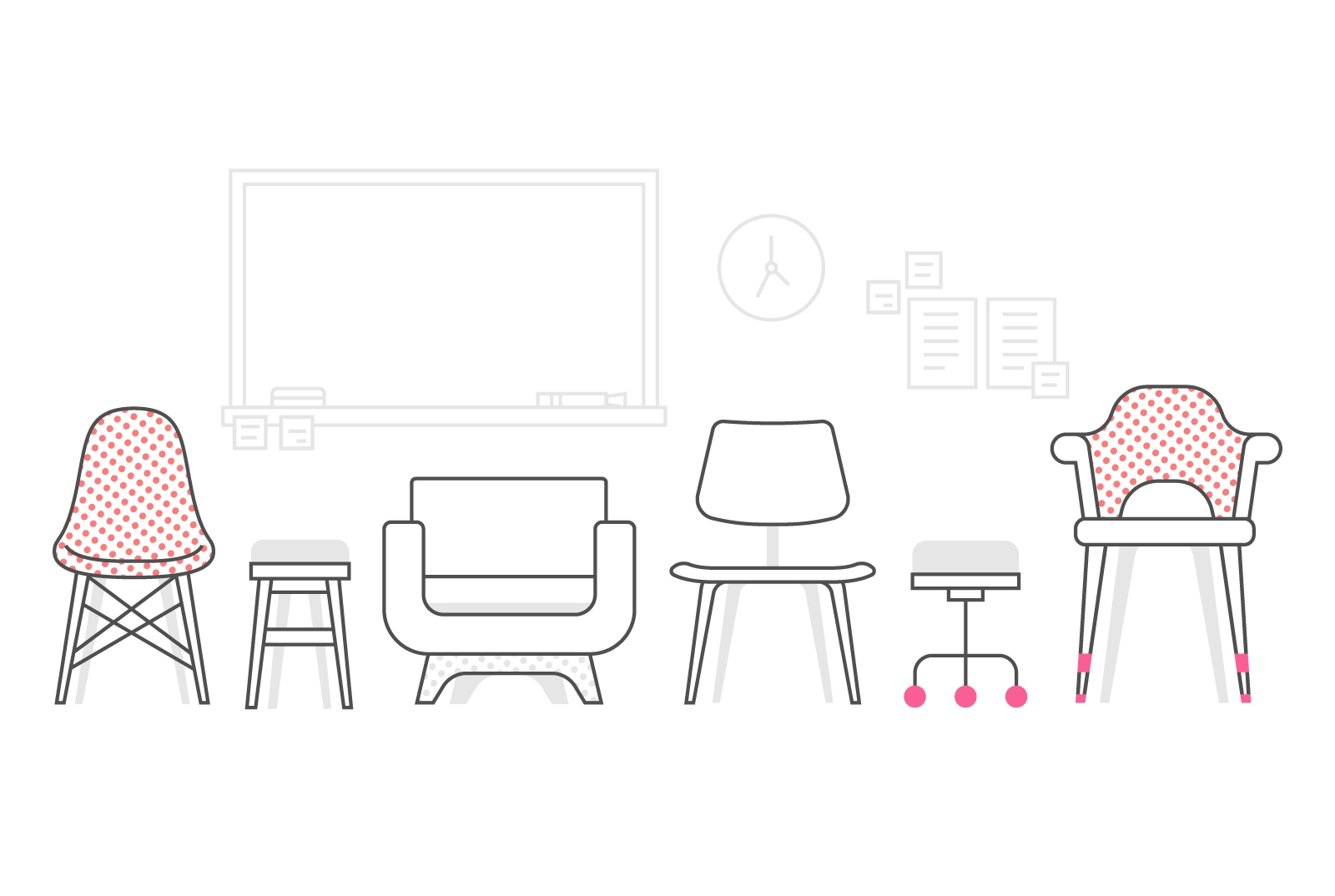A 4-step guide to planning for diversity and inclusion

Building a diverse and inclusive workplace leads to more effective teams. Research shows that bringing different perspectives together results in new ideas, removes groupthink, and leads to higher quality decision making.
But doing so requires strategic planning in order to be successful. As with any business objective, you must identify specific goals, determine initiatives that support those goals, and select metrics that measure success or failure. Then, through prioritization, cross-functional collaboration, and accountability, you can have greater impact at all levels of your organization.
Here are four things to think about when building a D&I plan:
Prioritizing your work
To figure out which issues to focus on for your company, you need to first know the facts. What does your data, both qualitative and quantitative, show? In order to get a pulse on employee sentiment, consider conducting engagement surveys, which are an effective way to measure whether employees feel like they belong. Creating robust surveys—and analyzing them—allows you to get ahead of issues before they arise. Are there gaps, such as underrepresented groups on various teams, or issues in the hiring process? Using this research, you’ll be able to set clear, measurable, time-bound D&I goals.
Then you’ll need to scope the work. Though you may be tempted to do everything all at once, effective planning requires that you prioritize the efforts that will have the biggest impact. What are the initiatives that will bring these goals to life? This is the time to research and identify best practices, with the caveat that what works for one organization may not be right for another, and may be dependent on your growth stage.
Building a diverse and inclusive workplace leads to more effective teams.
For example, an early stage company may want to establish the foundational processes that ensure recruitment is unbiased and fair or introduce programs and policies that support an inclusive culture. When I first joined Asana, we prioritized creating a culture and environment that were ready for the changes our D&I work would lead to. This meant getting people comfortable with hard conversations, giving them a shared language and channels through which to communicate, and broaching difficult topics.
Getting buy-in
Getting buy-in across the organization is essential for the success of D&I goals, both at the leadership level and across all teams. This means working cross-functionally to make sure that D&I is a part of every team’s goals and processes. Once you have identified your priorities, I recommend first engaging with leadership. Support from leadership is key to building a successful plan and getting buy-in from the entire organization.
Next, get buy-in from the rest of the organization. To many teams, D&I goals may seem alien, but they are in fact related to every part of an organization’s work. Understanding each team’s challenges and concerns, as well as creating a space where you can collect feedback, questions, and get positive buy-in, will help every team understand why D&I is an integral part of achieving their goals.
Creating accountability
Once you decide which work to prioritize and get buy-in, you’ll need to evaluate how the work will affect different teams across the organization and who will be driving the work to completion. At Asana, I act as Head of D&I, driving the process of getting buy-in and scoping the work. But a lot of the actual work falls under other parts of the organization, such as Recruiting or our Leadership and Development (L&D) program.
In a way, I act as the quarterback, and other teams run the field. For example, I work closely with the recruiting team on hiring: Once I’ve scoped the work and set metrics for success, the work of sourcing, interviewing, and hiring diverse team members falls to them.
By being clear about who owns what part of the work, we encourage accountability and empower every contributor to play their part in achieving our broader D&I goals.
One of my favorite examples—which is in support of inclusion—is how I work with Joanna, our head of L&D, on employee engagement. On one hand, I drive the goal setting and organization of our Employee Resource Groups (ERGs)—which are great initiatives for building internal employee community and career development—and Joanna works to ensure that all Asanas have the tools to feel engaged and happy, including career growth guides, and coaching via our Conscious Leadership Group training.
Together, by approaching our larger goal of employee engagement from different angles, we work together to ensure that our employees can grow and thrive. By being clear about who owns what part of the work, we encourage accountability and empower every contributor to play their part in achieving our broader D&I goals.
Finally, ensure that you’re working on Diversity and Inclusion. Both are integral to the success of your program and your organization; one can’t succeed without the other, and neither can you.
Planning for implementation and evaluation
Just as with any business goals, having a clear action plan for implementing your D&I strategy is necessary for achieving it. Because D&I is such a cross-functional effort, it’s even more important to break the big picture into clear implementation milestones and map out actionable steps for contributors on all teams.
There must also be clear steps laid out for evaluation. Think ahead about where in the process you’ll pause to reflect on what’s working and what’s not. How will you evaluate your success, and at what point will you re-evaluate the plan if you’re not seeing progress? As with any other objective, it’s important to ensure that you have space within your plan to course-correct if needed.
Finally, tracking data within D&I—and on how D&I impacts the rest of your organization—will help you not only measure your success, but also continue to get buy-in as you grow your program and increase the presence of D&I goals within broader business objectives.
Sonja Gittens-Ottley is Head of Diversity & Inclusion at Asana.
More Issues
